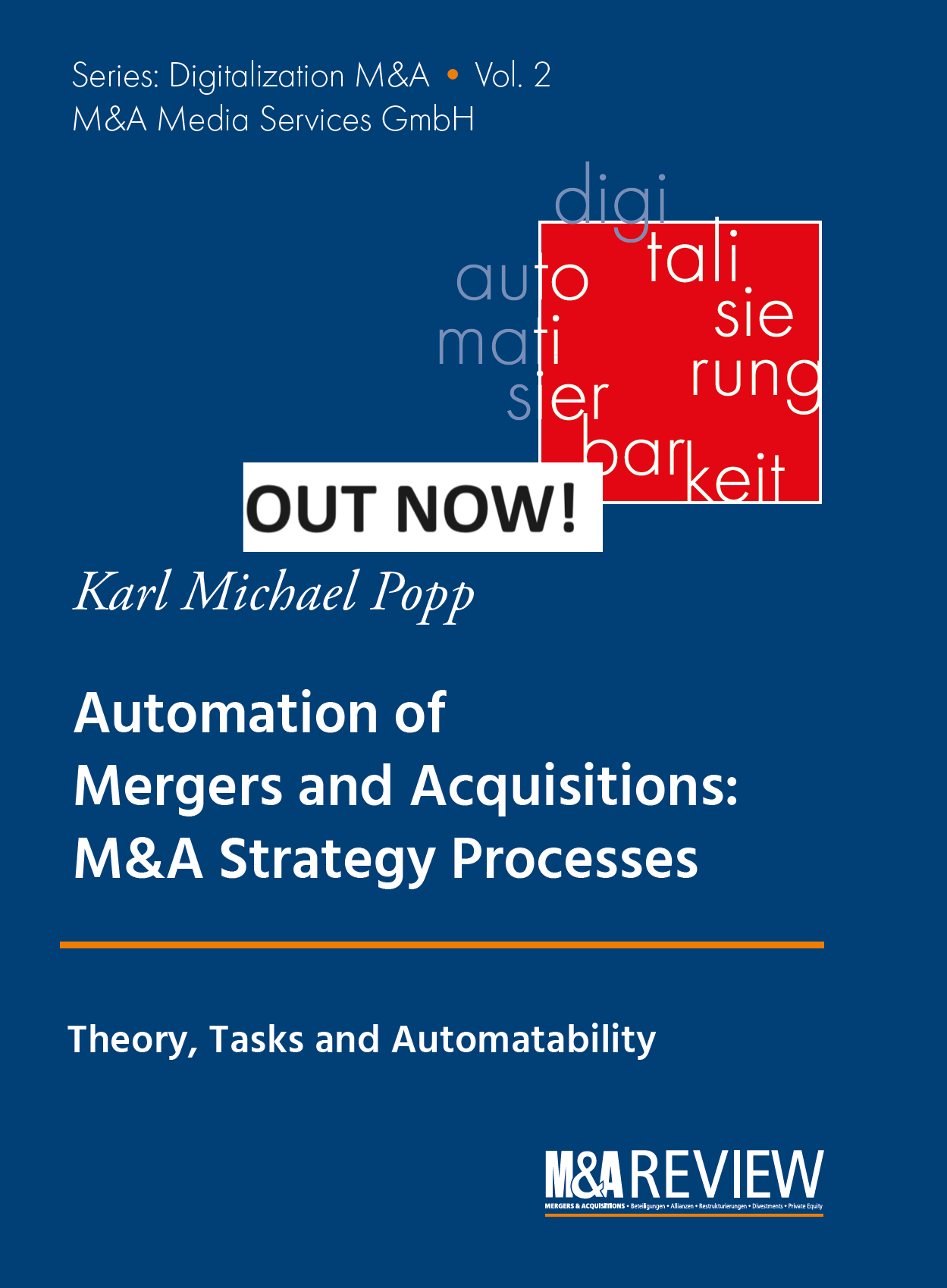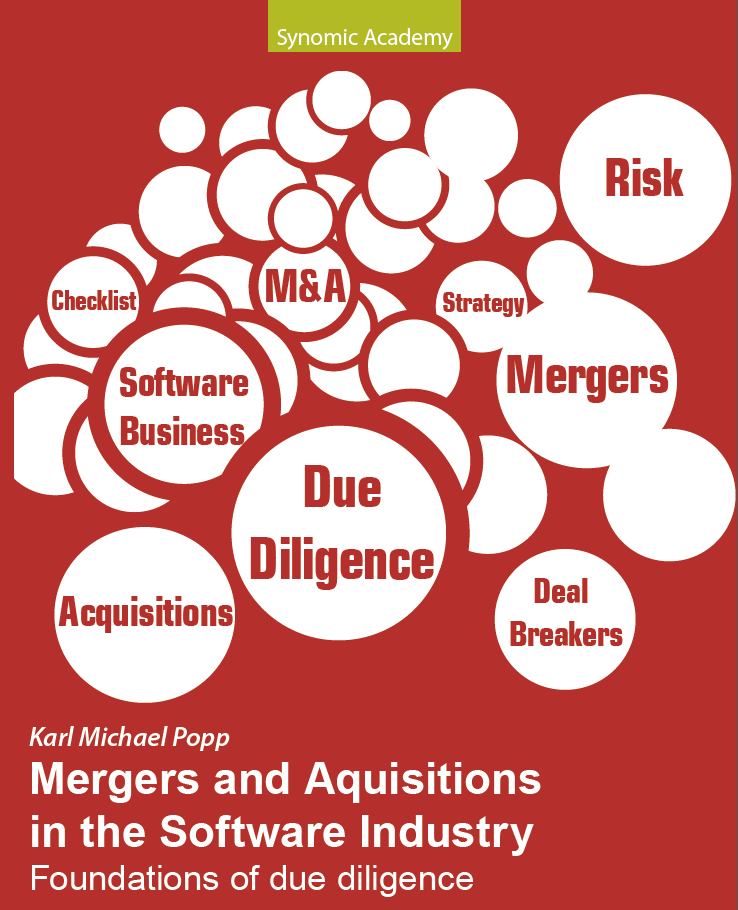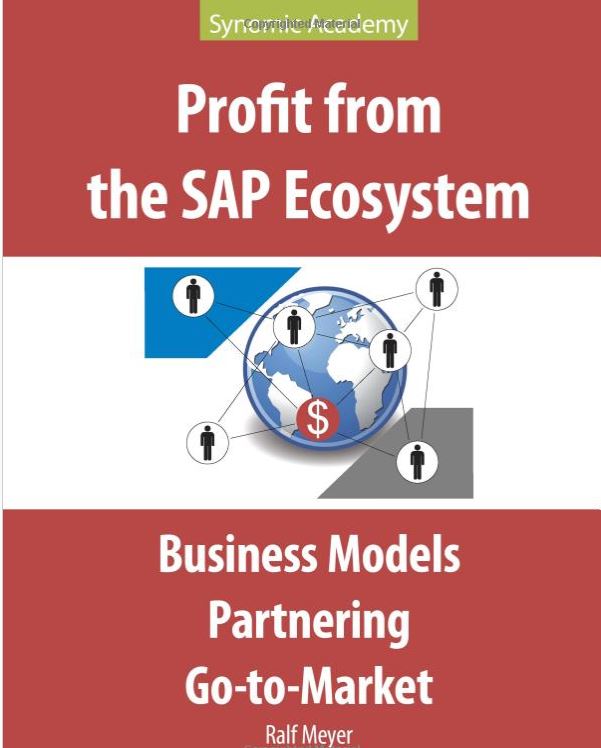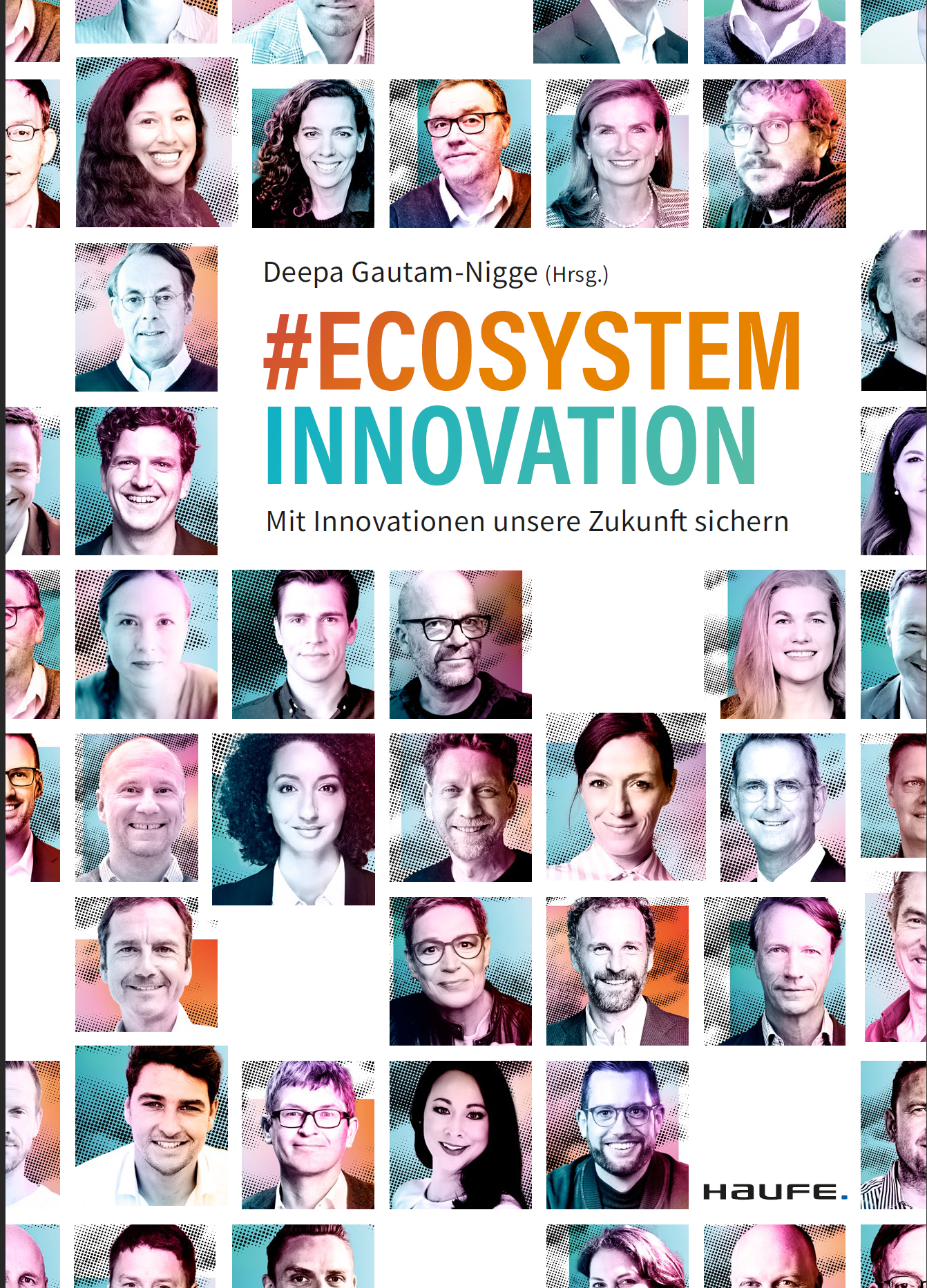Open Source Business Models
The European Workshop on Software Ecosystems is an annual event which connects top notch researchers and business professionals in the field of software and platform ecosystems as well as business networks. Here is an example of a topic we will discuss at the event.
Commercial use of open source
For a commercial company, Open Source Software is software that is licensed to that company under an open source license. The commercial company may make use of the open source, like usage or redistribution of the open source free of charge, but it also has to fulfill the obligations, like delivering a copy of the license text with the software.
So the rights and obligations have to be analyzed diligently to make sure there is no violation of the license terms.
Suppliers of open source software
Open Source software can be supplied by a community or by a commercial company. We speak of community open source and commercial open source respectively.
For community open source, a community of people provides creation, maintenance and support for an open source software. In most of the cases the community provides these services free of charge.
There are, of course, differences between a company and the open source community. These differences are important to understand, because they influence a customer´s supplier decision and they also create niches for companies to establish a business in that niche.
Commercial open source vs. community open source
So a customer might decide for commercial open source if he needs customized license terms, runs open source in a mission-critical environment and thus needs service level agreements in support or if he needs maintenance provided in a different way than via the open source community.
In many business contexts it makes also sense to have liability and warranty provisions from a supplier when using open source. In most of the existing open source licenses there is exclusion of any warranty or liability (3). This is another reason why companies might choose commercial open source over community open source.
Classification of open source business models
Based on a classification of business models (Weill et al.) we will have a look at open source business models.
Open source usually is free of charge, but that does not necessarily mean there is no compensation for using the open source component.
The next figure shows a classification of generic business models. The business models relevant for commercial open source business are marked in bold. In this general classification of business models, software classifies as an intangible product, see the corresponding column “Intangible”. Software can be created or written (“Inventor”), distributed (“IP Distributor”) or licensed or rented to customers (“IP Lessor”). In addition, the customer needs services to run and maintain the software, like implementation, support and maintenance services. These classify as “Contractor” business. We assume here that all open source businesses make use of at least a subset of these four business models.
No matter if it is a community or a commercial software vendor, one or many of these business models are applied. By choosing a specific selection of business models, a so-called hybrid business model is created. Creating a hybrid business model means combining different business models with their specific goals, requirements and cost structures.
Since these business models are models on a type level, there might be different implementations of how a certain business model is run. An open source community might run the Inventor business for creating software in a different way (leveraging the community) than a commercial software vendor (leveraging a development team), from a process as well as from a resource perspective. But on a type level, both run the same type of business called Inventor.
So going forward, we will analyze commercial and community open source business models as a selection of a subset of the business models identified here: Inventor, IP Lessor, IP distributor and Contractor.
Community open source business model
The open source community business model usually makes use of the following business models: Inventor, IP Lessor and Contractor.
For the community, the Inventor business is what the community is most involved in. It is about creating open source software and engaging with the community members to coordinate the work and collect the contributions of the community members.
The IP Lessor business is also important for the community. The IP lessor business defines the terms and conditions of the open source license and makes the software available to customers. The license is defined by the community and all customers using the software have to comply with it. In some cases, there are multiple different licenses for an open source software that a customer can choose from.
The Contractor business contains all human services to customers. The community typically provides these via email and they contain services like maintenance, support, translation for country specific versions and the like. They are all carried out by community members. In almost every case, the customer does not pay for these services, but the customer has no rights to enforce any of these services and he does not have service level agreements, like a definition of minimum answer time for support incidents.
The community can serve two types of customers: software vendors and (end) customers. For software vendors, the open source community works as a supplier of software, for the customer, the open source community works as a software vendor licensing software to the customer.
These two relationships differ in the way that customers and software vendors might make use of the software. Customers usually license the software for internal use only. Software vendors license software for internal use and/or for distribution to customers. Often open source software is included in commercial software and provided to customers by the software vendor. In this case, the software vendor has to make sure he complies with all licenses of all open source software he is including in his software product.
Commercial open source business models overview
In the last section we described the community business model, now we turn to the commercial open source business model. Figure 4 shows the typical business models implemented by commercial software vendors. As mentioned before, a commercial software vendor does not have to implement all of these business models, but can rather build a unique business model by selecting a subset of available business models. One basic difference to community open source is that the IP Distributor business model is an option for commercial companies.
The history of commercial open source companies shows that in the beginning the companies focused on services around open source software, which matches the Contractor business.
The next step was to build distributions for open source software, like e.g. for Linux. This matches to the IP Distributor business model.
Today, we find all kinds of hybrid business models around open source. Companies are building software and donate it, completely or partially to the open source community (Inventor business model). Commercial software vendors often package or change or extend existing community open source software, so the community acts as a supplier of open source software to the software vendor. In some cases the software vendor does not use existing open source software from a community, but chooses to offer its proprietary software under a dual licensing strategy, e.g. under a commercial and an open source license.
Commercial services for open source
Since open source licenses are free of charge, commercial companies first and foremost focused on providing services around open source software. The expectation was simply that customers would still need services and since the license was free, that customers would have more money to spend on services.
Commercial open source companies provide the following services for open source software: Maintenance, Support, Consulting and Extension or adaption of open source software to a customer´s needs.
Maintenance services consist of the following activities: building future versions, bug fixes and upgrades and providing them to the customers.
Support services contain of accepting, maintaining and resolving incidents that the customer has while using the software.
Consulting services mean planning and executing the installation and go-live of customers´ system landscapes containing the software.
Extension or adaption of open source software based on customer´s requests is designing, programming, testing and delivering open source software that has been modified or expanded. Examples for extensions and modifications are:
Functional Extensions for open source applications with country-specific functionality or customer specific functionality;
Extending the usage scenarios for open source to additional countries by adding additional translations of user interfaces;
Adapting open source software means to make open source software run on customers´ hardware and software platforms.
Summary and outlook
The evolution of open source and commercial open source business is still underway. In the future we will see additional varieties of open source business licenses, such as in open source hardware or designs, and new open source business models, like in open source on demand applications or open source software in cloud environments.
For best practices in open source use in commercial products see these books:













